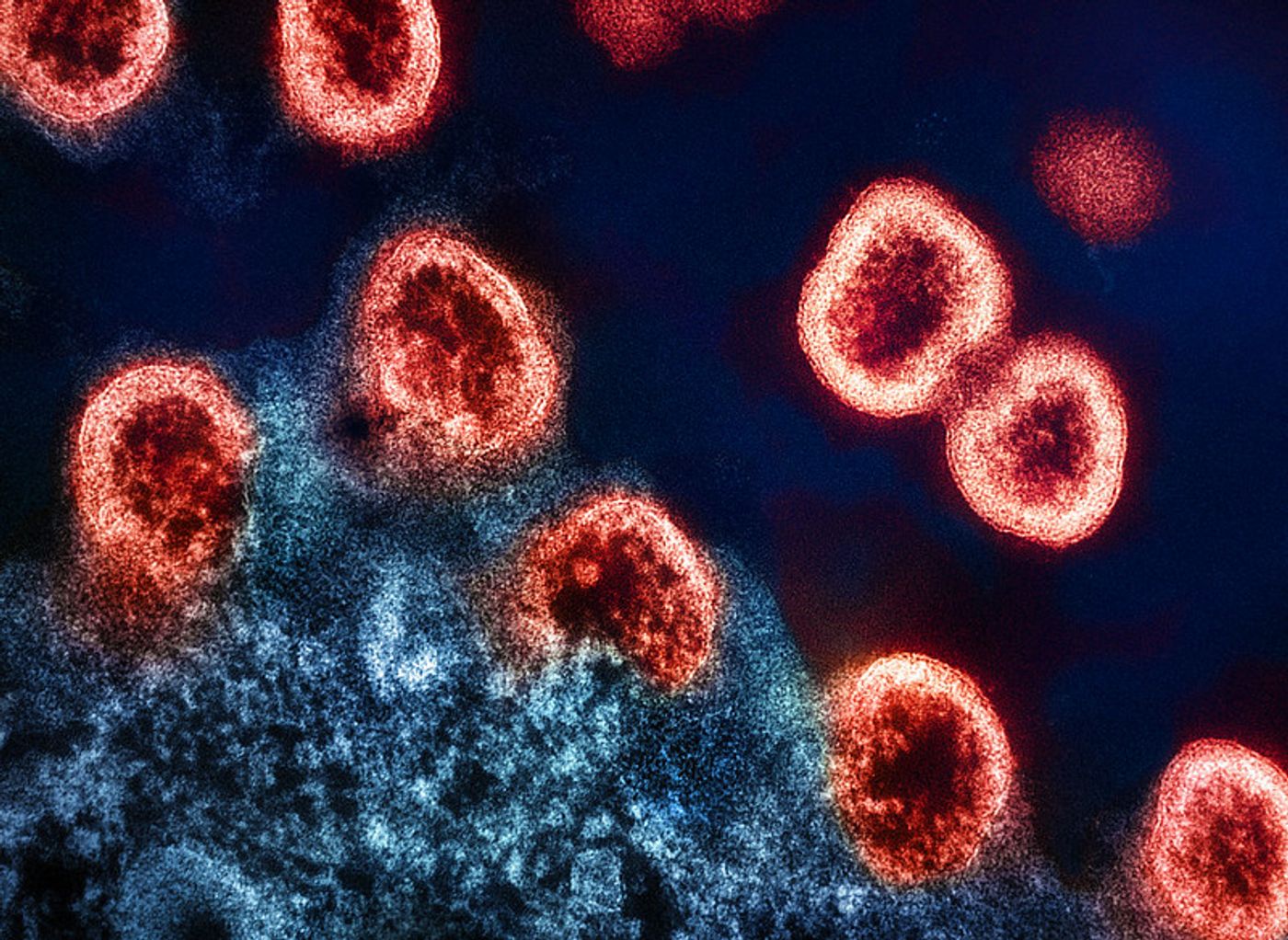Researchers Capture Dynamic Movement on Surface of HIV
Viruses need host cells, and viral pathogens have many different ways to infect those hosts. Scientists have revealed a rapid movement made by a small molecule called a glycoprotein on the surface of HIV, which happens while the virus is entering human cells. This detail, in which the viral glycoprotein pops open within milliseconds, could improve the design of vaccines that prevent HIV. It may be possible, for example, to create an antibody that stops the glycoprotein from popping open. The discovery has been reported in Science Advances.
Scientists have been investigating this glycoprotein for years because it is essential for the virus to bind to a receptor called CD4 on the cells it infects, T cells. The glycoprotein is found on the viral envelope, the majority of which is made up of moving proteins that can evade the immune system.
Researchers have long been trying to stabilize the structure, without success. But this new research can explain why it's confounded investigators. “It’s not that they did something wrong; it's just that we didn't know it moves this way,” said senior study author Rory Henderson, an associate professor of medicine at the Duke Human Vaccine Institute (DHVI).
When the virus is moving to infect human T cells, the best link it has is the T cells' CD4 receptors on those. Once the virus binds to the CD4 receptor, the viral glycoprotein is triggered to open, exposing a co-receptor binding site which is, “the event that actually matters,” explained first study co-author and postdoctoral researcher Ashley Bennett.
After the two viral molecules have attached to the T cell membrane, the virus starts to inject its RNA into the host cell. Once inside, the infection is permanent, noted Henderson.
“If you get infected, you’ve already lost the game because it’s a retrovirus,” Bennett added. Retroviruses are able to insert their genetic material into the genome of the host cell, altering its genome to produce more viral particles.
But targeting this glycoprotein movement could be a way to stop the infection process. If an antibody kept the glycoprotein shut, no infection would occur.
“The question has been, ‘why, when we immunize, are we getting antibodies to places that are supposed to be blocked?’” Henderson noted. The movement of this molecule may help explain why, and improve efforts to stop the virus.
Sources: Duke University, Science Advances









